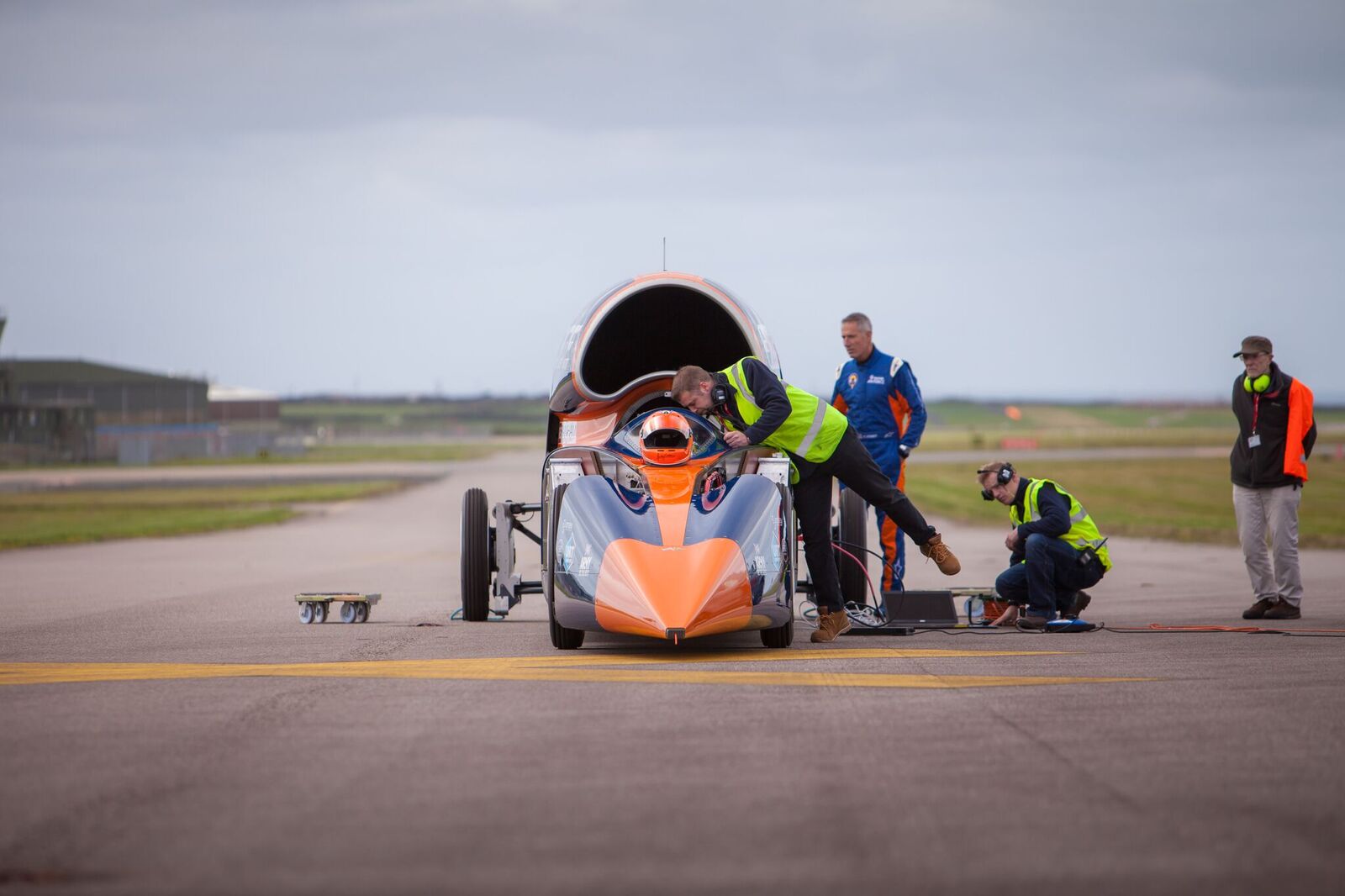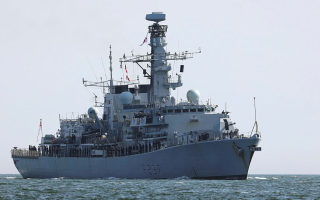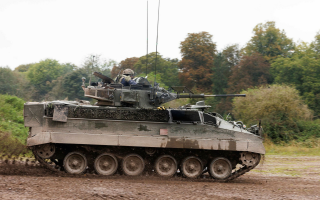Bloodhound Supersonic Car To Be Scrapped
Bloodhound is powered by a Rolls Royce EJ200 jet engine, sourced from a Eurofighter Typhoon, which can deliver the combined output of 360 family cars (Picture: Bloodhound SSC).
Britain's attempt to build the world’s first supersonic car has been scrapped after the project failed to secure the funds it needed to see it to completion.
Project Bloodhound was founded in 2007, with plans to break the land speed record race the car at speeds of 1,100 mph at a specially built track in the deserts of South Africa.
On Friday, administrators at FRP Advisory announced that efforts to secure an investor had failed.
Andrew Sheridan, joint administrator and partner at the firm, said: "Since the company entered into administration we have worked tirelessly with the directors to identify a suitable individual or organisation who could take the project forward.
"Despite overwhelming public support, and engagement with a wide range of potential and credible investors, it has not been possible to secure a purchaser for the business and assets."
The team was seeking £25 million in investment to provide guaranteed funding and see the project to completion.
Over 11 years, Bloodhound operated on a partnership and sponsorship model with support from companies including Rolls-Royce and Rolex.
The Ministry of Defence lent prototype jet engines for the car, while Northern Cape Provincial Government in South Africa supported the creation of the track.
Last year, Bloodhound reached speeds of 200mph during tests at Newquay Airport in Cornwall.
At 1,000mph, the supersonic car would have covered a mile in 3.6 seconds.
The world land speed record of 763mph is held by Thrust SSC, led by Bloodhound's project director Richard Noble and driver Andy Green.

With a former fighter jet pilot at the controls and a design incorporating the engineering skills of soldiers from the Royal Electrical and Mechanical Engineers, the project sought to combine the best of civilian and military partnership to build the car.
But the project fell into debt and those behind it reached out for help to keep going when it went into administration in October.
In a statement at the time Bloodhound said:
"Administration doesn't mean the end of Bloodhound, but we do now need a serious investor to put in the £25 million pounds we need".
Around 80 staff work on the project, almost all are volunteers.
Administrators at FRP Advisory said: "We will now work with key stakeholders to return the third-party equipment and then sell the remaining assets of the company to maximise the return for creditors."









